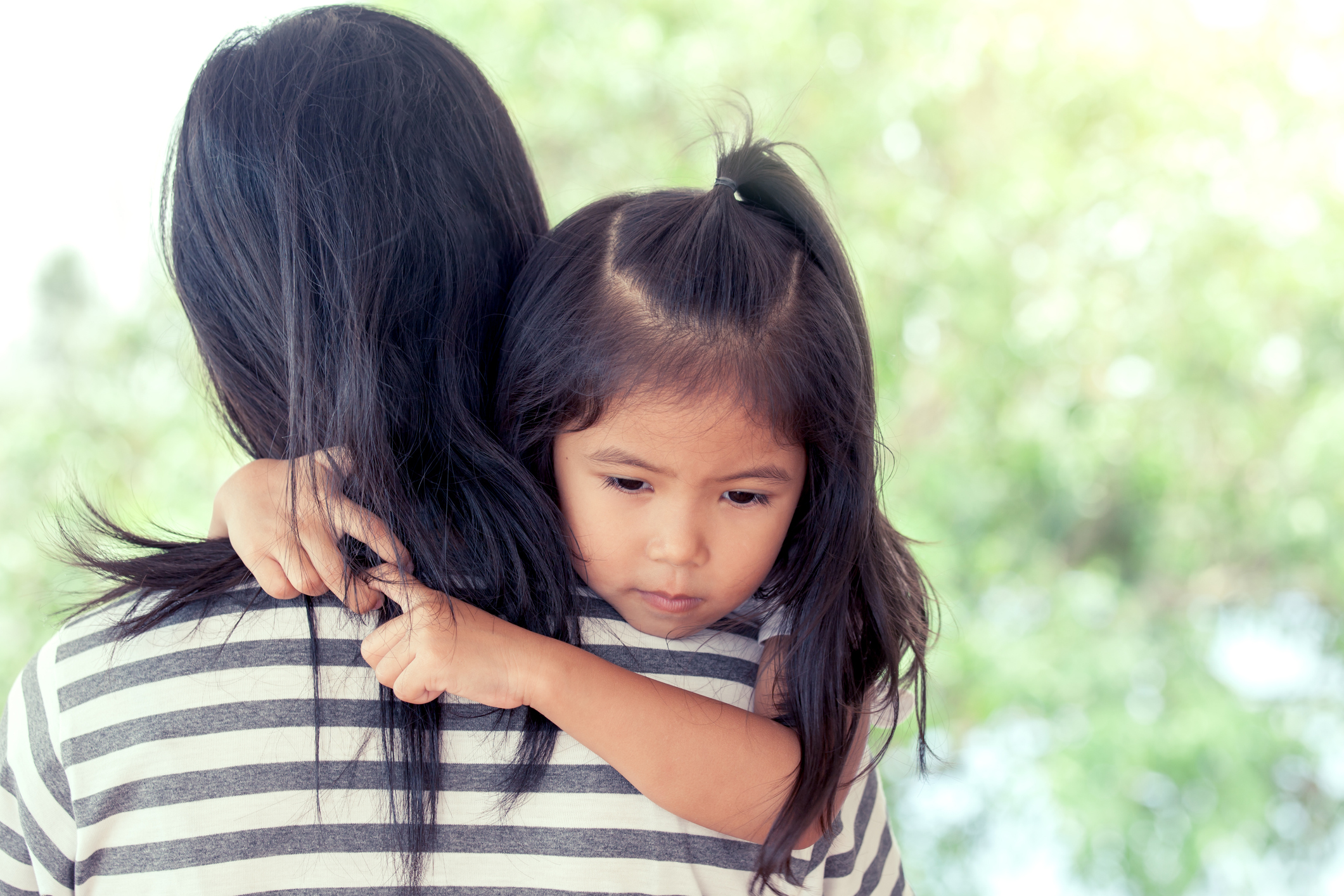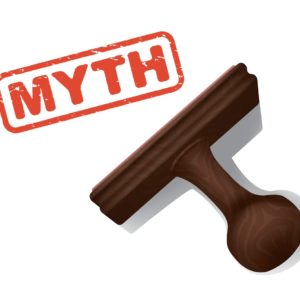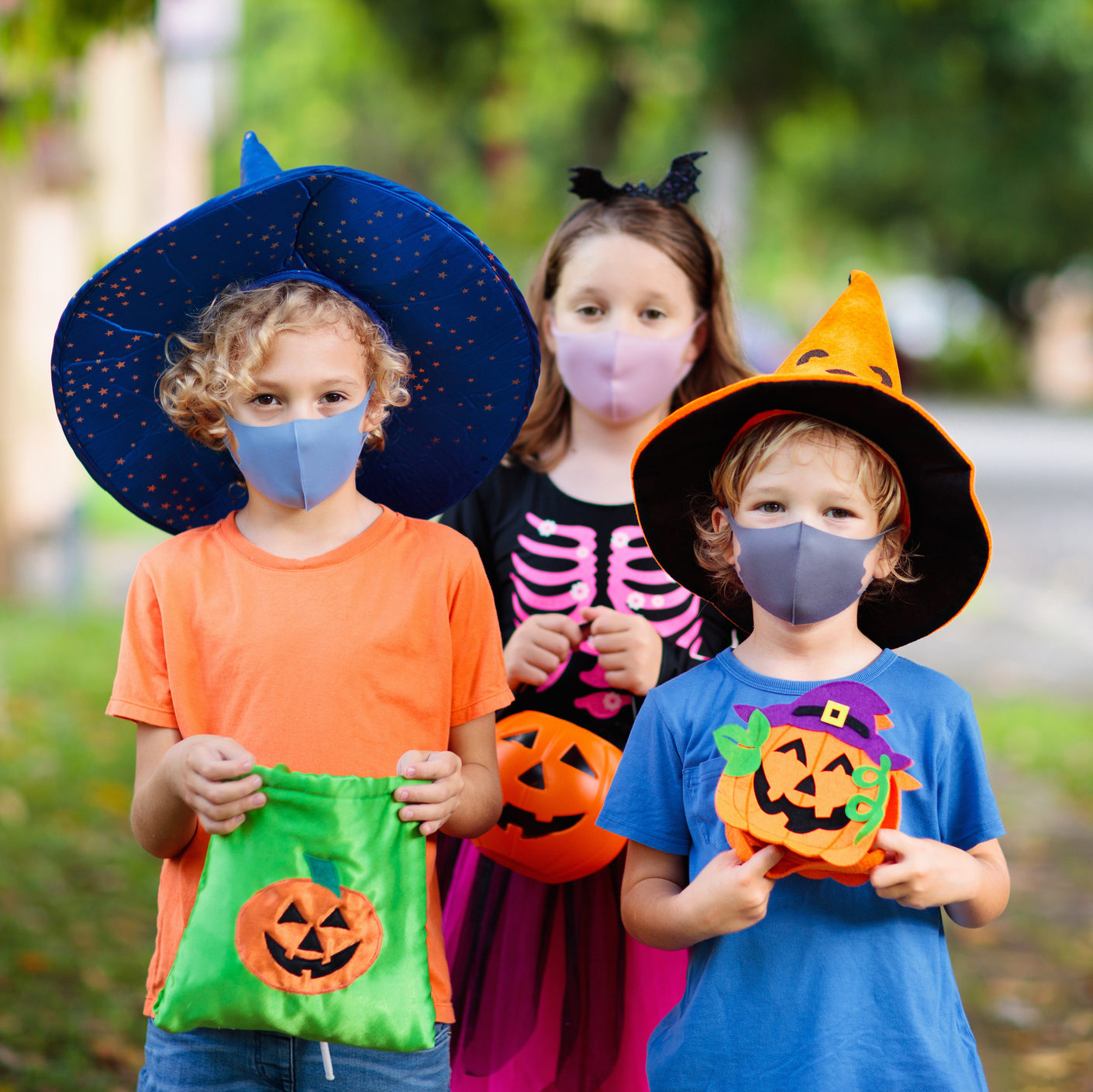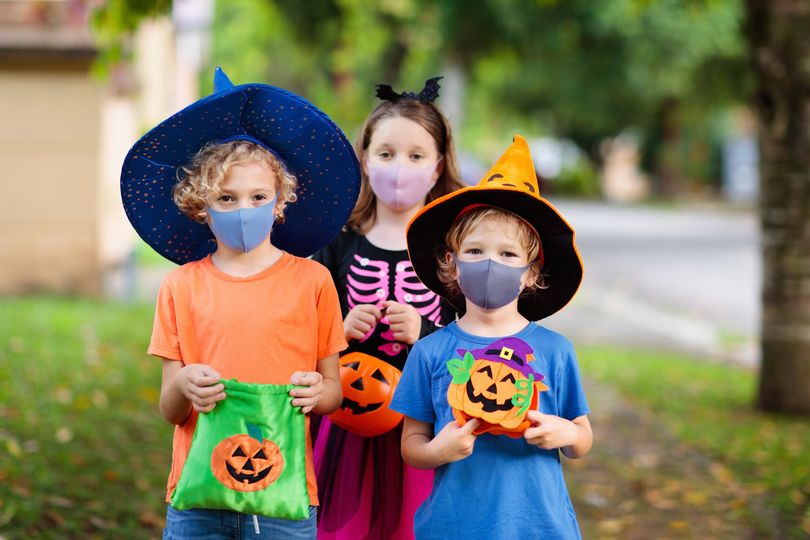Read our advocacy update and learn how you can #MakeFoodAllergy count with the federal government. Get an update on the latest food allergy research and participate in two studies. Plus, check out our latest mythbuster on the ingredients in treat sizes of chocolates/candies and if they are the same as the regular product.
Advocacy in action
Thanks to all of you who helped #MakeFoodAllergyCount with your MPs and the federal government, asking them to support our 2021 pre-budget submission and our National Food Allergy Action Plan.
With your help, we reached over 25 Members of Parliament from across the country and have secured meetings with members of the Finance Committee and key staff within the Minister of Health’s Office. The power of our collective efforts truly makes an impact and gets the attention of important stakeholders in government.
Please help us keep up the momentum and continue the food allergy conversation with your MP.
It’s not too late to make a difference!
If you haven’t had the chance to contact your local MP, please do so now. Write to your MP and ask them to support our pre-budget submission and encourage the Standing Committee on Finance to invite Food Allergy Canada and the CSACI to present an oral testimony during the upcoming consultation hearings.
Now that Parliament is back in session and the Finance Committee will soon be resuming its duties, it’s the perfect time to reach out.
Our goal is to reach every MP, in each province, across the country and ask for their support. We can’t do this without you.
Have your voice heard and help #MakeFoodAllergyCount. Write to your MP today.
Research: Higher risk of peanut- and unknown nut-related anaphylaxis during Halloween and Easter
A Canadian study finds a significant increase in cases of peanut and unknown nut anaphylaxis among children during Halloween and Easter. For this study, cases of anaphylaxis during six holidays (Halloween, Easter, Christmas, Diwali, Chinese New Year and Eid al-Adha) were reviewed in comparison to other days of the year.
For peanut-related anaphylaxis, there was an 85% increase in average daily cases at Halloween and a 60% increase at Easter. For these two holidays, a 70% increase was noted for anaphylaxis caused by unknown nuts (instances when it was unclear if the trigger was peanut or tree nuts).
The study notes that the difference in anaphylaxis incidence may have been due to the social setting of the holiday. At Halloween and Easter, children often receive candies/treats from people who may not be aware of their food allergies, in contrast to Christmas celebrations among family and friends who are more vigilant about allergen exposure. Another factor may be product labelling, as “snack” sizes of candies/treats are exempt from the requirement to list ingredients, including allergen information. This research points to the importance of anaphylaxis education and the need to follow safety practices like label reading.
Research: Participate in a survey if your child has received virtual care during COVID-19

A Canadian study led by researchers at the University of Manitoba aims to understand families’ perceptions of virtual allergy care during COVID-19. Through this study, the comfort level of parents with virtual allergy care including follow up appointments, early introduction of foods, oral food challenges and oral immunotherapy, will be assessed.
Who can participate
If you are the parent or caregiver of a child with food allergy who has received virtual allergy care during the pandemic, you are invited to participate in this study. You’ll be asked to take an online survey, which will take 15-20 minutes to complete.
Your participation in the study is important for providing meaningful insights on the experiences with virtual allergy care and will help inform how virtual care can be improved. With less than 1 allergist per 100k population in Canada, Canadians struggle to get timely access to an allergist and face long wait times, at times even having to travel out-of-province.
This means there are challenges in accessing allergy care and securing an accurate diagnosis that is even more pronounced for Indigenous, rural, and northern communities. This also means limited treatment options for some of the emerging therapies.
As the federal government has recognized, the COVID-19 pandemic has necessitated a new way of accessing healthcare. In our 2021 budget submission with the National Food Allergy Action Plan, one area of focus is on a strategy to stratify virtual access to food allergy care to ensure proper diagnoses and future treatment options are accessible to all. Help us #MakeFoodAllergyCount and ask your MP to support our budget submission.
Research: Participate in a survey on the psychological health needs of living with food allergy and access to care
An international study, by researchers in Europe, Canada and the U.S., is looking at the psychological health needs, including stress, worry, anxiety and depression, related to living with food allergy, and access to care.
If you have a food allergy or are a parent of a child with food allergy, you are invited to participate in this study. You’ll be asked to take an online survey, which will take 20-30 minutes to complete.
Ways to participate
 Adults with food allergy
Adults with food allergyTo be eligible, you must:
– Be 18 years of age or over
– Have a food allergy diagnosed by a medical doctor
To be eligible, you must:
– Be 12-17 years of age
– Have a food allergy diagnosed by a medical doctor
 Parents/ caregivers
Parents/ caregiversTo be eligible, you must:
– You are parent/caregiver of a child with food allergy
– Your child’s food allergy has been diagnosed by a medical doctor
Your participation in this study is vital to providing the researchers with insights on the psychological health care needs of patients with food allergy and their families, and the services being offered. It will also help patient organizations like ours advocate for greater mental health supports.
Mythbuster – Do trick-or-treat sized candies/chocolates always have the same ingredient list as the full-sized versions?

FACT: Trick-or-treat sized candies and chocolates may not always have the same ingredient list as the full-sized product.
Many companies create a Halloween edition of their products, usually a smaller sized version of the product, which can sometimes be distinguished by different packaging with fun Halloween colours and/or designs. Although the product itself may look the same, the ingredients may differ from the full-sized version, as the Halloween version may be manufactured in a different facility. It is important to read the ingredient label carefully from start to finish, including any “may contain” statements, on all product sizes and versions, even if it has been “safe” in the past. Learn how to do the “triple check” and call manufacturers directly if you have any questions on the product ingredients.
Find more tips for reading food labels, and learn how to do the triple check.
 Trick-or-treating during COVID-19
Trick-or-treating during COVID-19Learn how to celebrate safely.
 Grocery shopping during COVID-19
Grocery shopping during COVID-19Check out our helpful tips for grocery shopping in-person or online.
Help us educate your communities and share this mythbuster with them! Find more mythbusters at foodallergycanada.ca/mythbusters.
Tags: advocacy, mythbuster, Research







